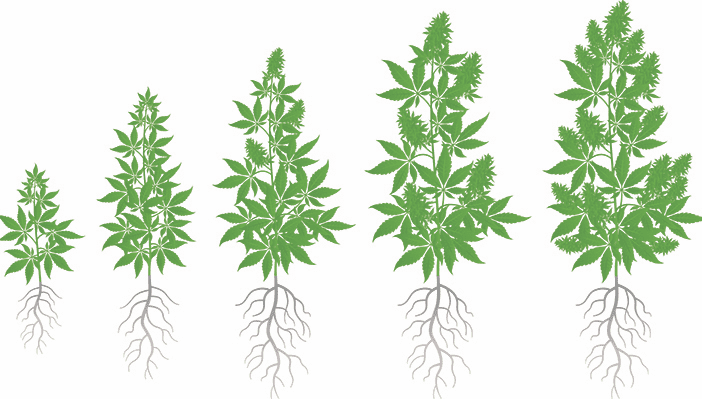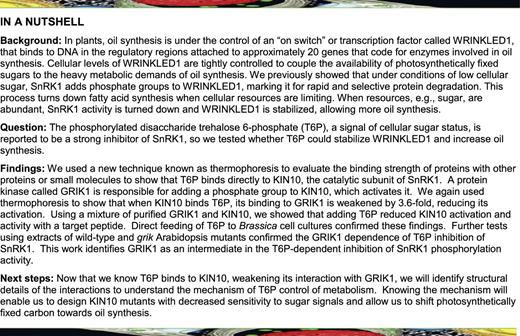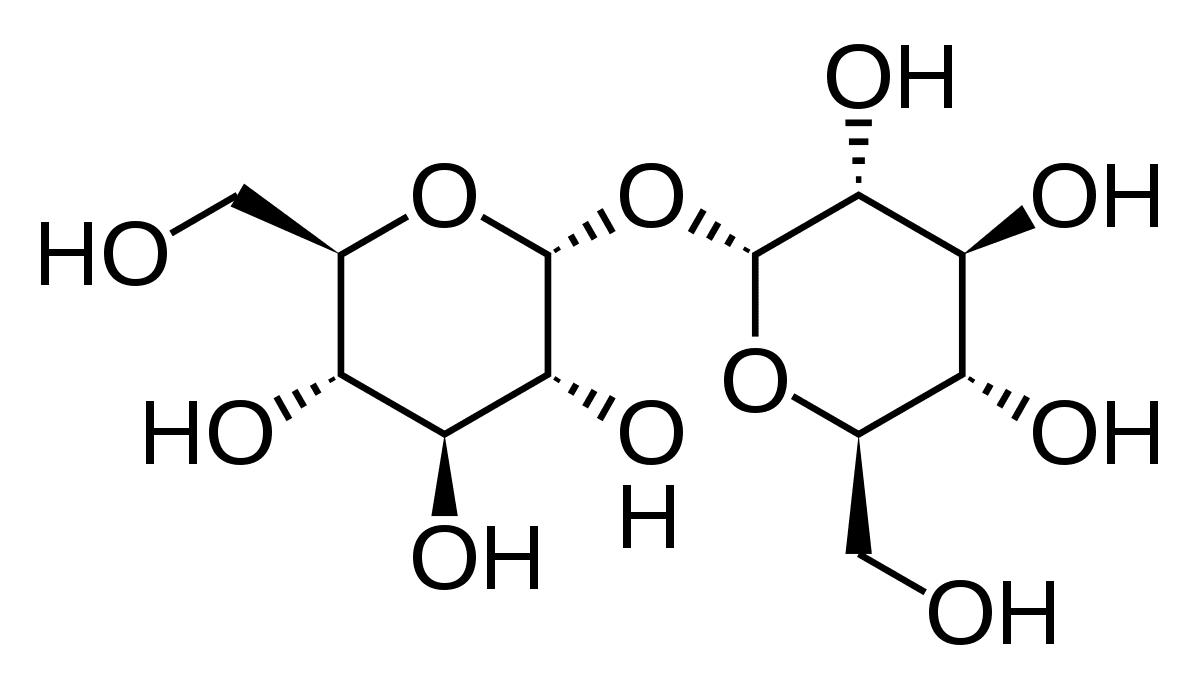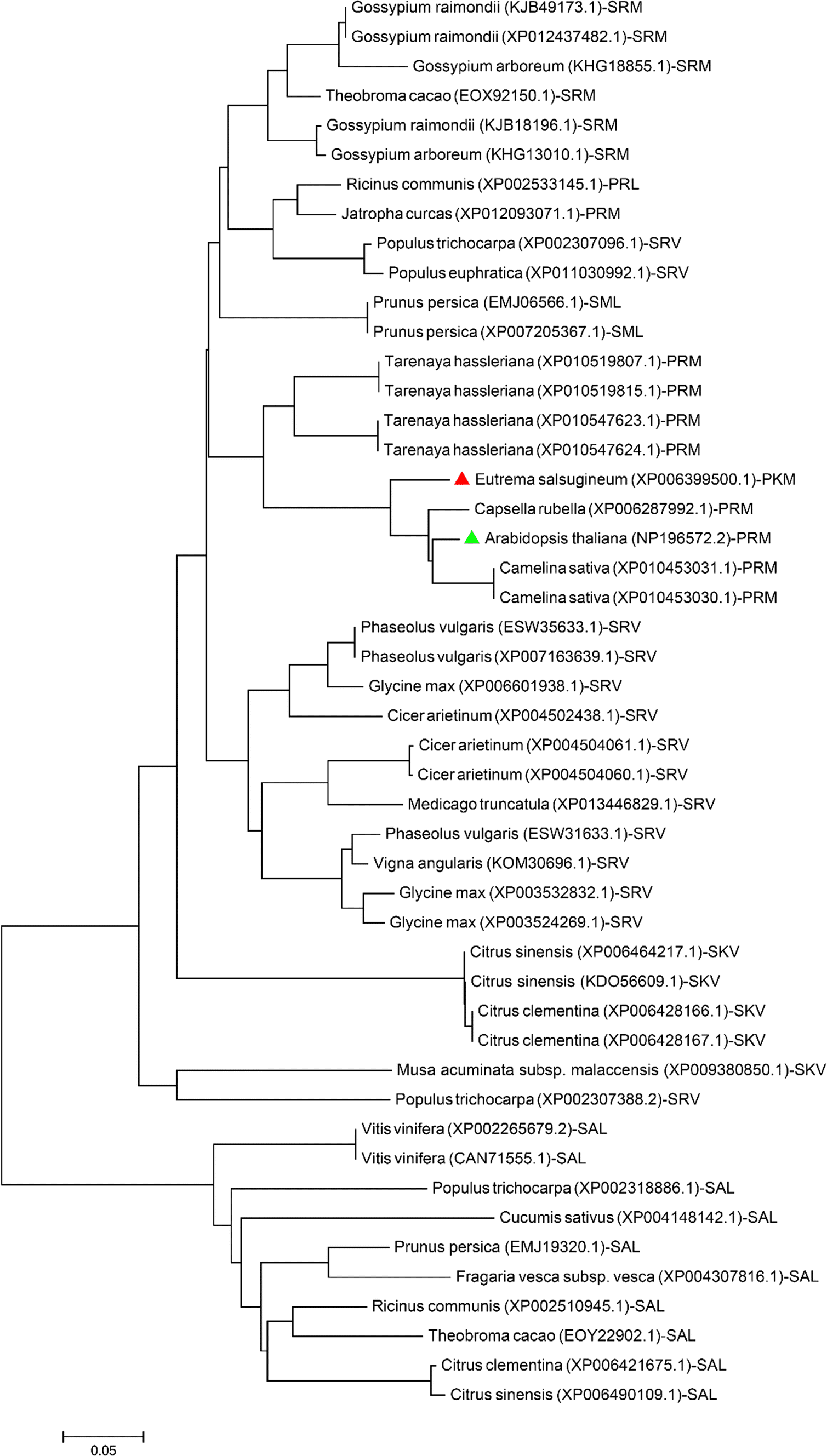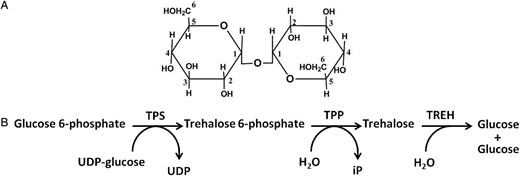Frankster
Never trust a doctor who's plants have died.
Supporter
- 5,188
- 313
When I've had mites in the past, I'll have to admit, it was certainly some of the most dank, and special weed I've smoked over the years. Especially when I've had mites, and been able to successfully overcome them, by sheer nutrition, and general health. That said, I'm not eager to return to those days, but it get's me to thinking. What can be done... Obviously, the plants were aware of the onslaught, and were mounting a response. Especially during the flowering intervals.
So, I'm kind of intrigued by signaling hormones, precursors, enzymatic responses and other various means of inducing targeted signals to the plant. Wondering if anyone else out there has used any techniques in the past that are successful.
Please share anything you might have, or even your hypothesis on this subject. Putting some bugs up, since it's a "response" to bug thread...
So, I'm kind of intrigued by signaling hormones, precursors, enzymatic responses and other various means of inducing targeted signals to the plant. Wondering if anyone else out there has used any techniques in the past that are successful.
Please share anything you might have, or even your hypothesis on this subject. Putting some bugs up, since it's a "response" to bug thread...




